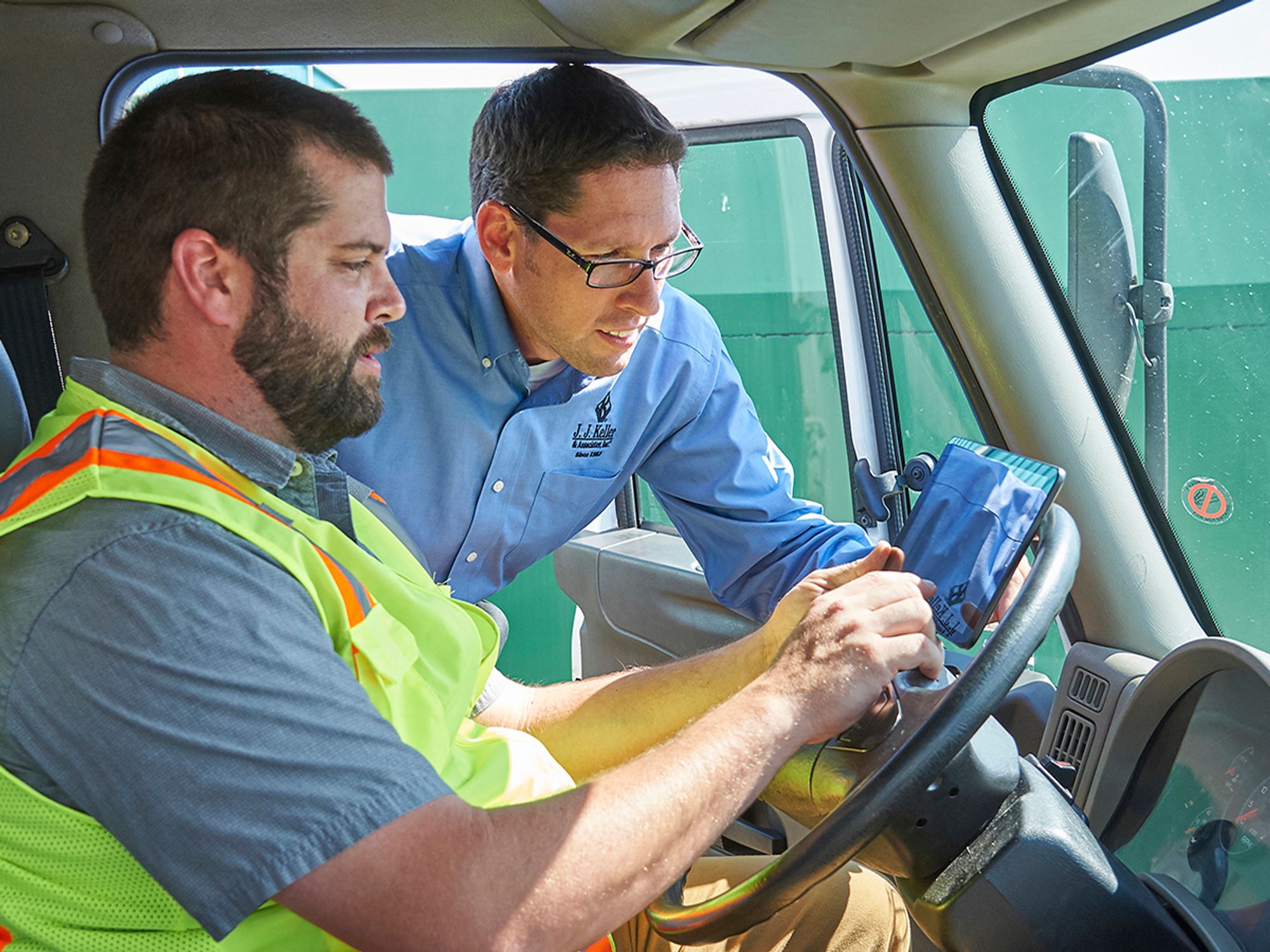Carrier requirements

- Responsibility for management of ELD accounts falls on motor carriers, and “ghost driver” accounts with no driver assigned are a thing of the past.
- Operating an ELD-equipped vehicle without logging in creates an “unidentified driver” account that must be reviewed, assigned to a driver, or explained.
Carriers use devices and systems that are listed on the Federal Motor Carrier Safety Administration (FMCSA) website at www.fmcsa.dot.gov/devices to comply with the regulations.
Account creation
Motor carriers are required to manage their electronic logging device (ELD) accounts, including creating, deactivating, and updating accounts and ensuring that properly authenticated individuals have ELD accounts with appropriate rights. Each user must have a unique ELD username, and driver accounts must include each driver’s name, license number, and licensing state. If someone operates an ELD-equipped vehicle without logging in, the ELD data collected has to be stored in an “unidentified driver” account.
“Generic” or “ghost driver” accounts are no longer allowed. These are accounts that do not have an actual driver assigned to them. They were used in the past to address situations where an individual without a driver account had to drive a vehicle equipped with an electronic logging system. Examples include:
- Maintenance: Some carriers previously had one account shared by all maintenance and yard personnel. Whenever a vehicle was moved in the yard, the yard employee (mechanic or yard driver) would log into this account.
- Road test: This account was used by some carriers to road-test new drivers who had not yet been assigned a user name.
- Training: This account was used by trainers to instruct using the electronic logging system to new drivers.
Under current rules, the existence of such an account is a violation of the regulations. The reason for the change in the rules is that if drivers found out about these accounts, they could use them to hide driving time and exceed hours-of-service limits. Previously, the driver would use a personal login until a limit was reached. At that point, the driver would log out and then log in using one of the ghost driver accounts and keep driving. When this is done, it is considered a false log. That means if a driver is found using a ghost account, it is actually two violations: one for having such an account and one for false logs.
Unassigned driving time
If someone operates an ELD-equipped vehicle without logging in, the ELD data collected has to be stored in an “unidentified driver” account. When a driver logs into that ELD, the driver will be prompted to review any unassigned driving time stored on the device and must indicate whether that time belongs to that driver. Motor carriers have to make sure that unidentified driving records are reviewed and must assign the time to the correct driver or add notes to explain why the time is unassigned (why it cannot be assigned to a driver).
To avoid unassigned driving time, a carrier has these choices:
- Assign a driver account to all personnel who might move a vehicle. If a carrier is not willing to do this, unassigned driving time will be unavoidable.
- Have drivers use the special driving categories on the ELD. This way, they will not have to log out when the driving time needs to be on a different duty line, such as off-duty during personal use and on-duty during yard moves.
- Work with the drivers. Counsel and/or retrain drivers when they forget to log in, log out early, or are not logging in for movements for which they mistakenly believe login is not needed, such as personal use and yard moves.
Having maintenance and yard personnel submit information on vehicles used is something else carriers should consider. If this is done, it will cut the time spent investigating unassigned driving time. Once a mechanic or yard driver is known to have moved the vehicle, a “canned” comment can be added to the unassigned driving time the individual created. While this will not prevent unassigned driving time, it will make managing it much easier.
